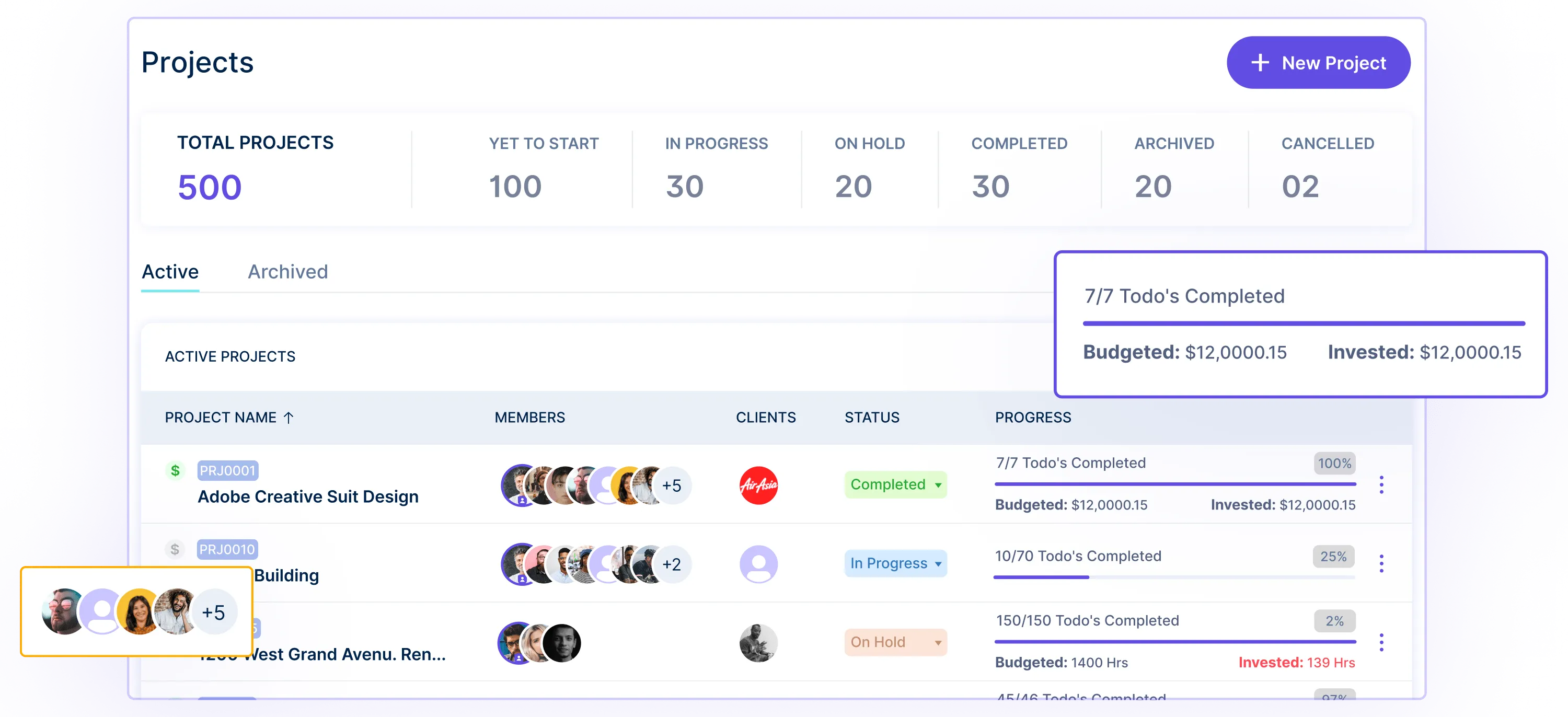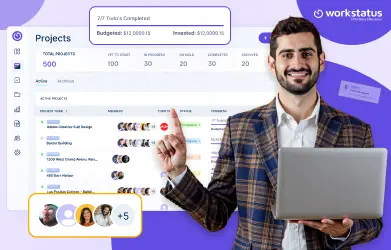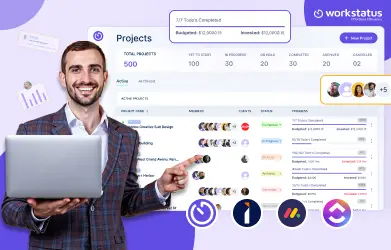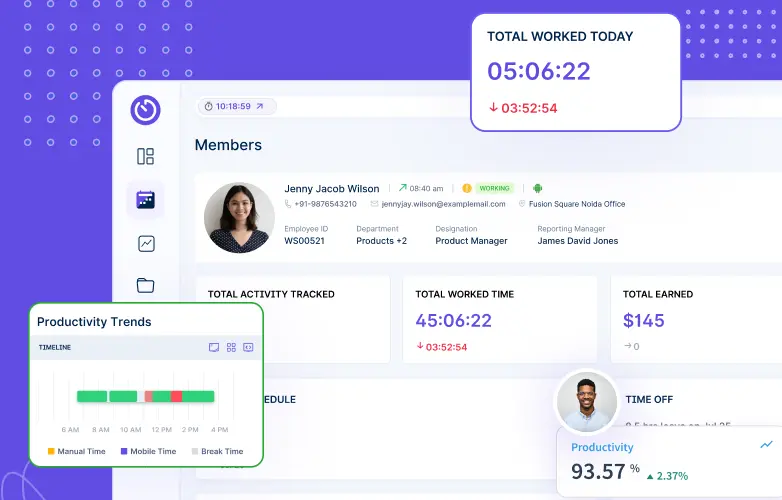Table of Contents
Introduction
Constant context switching between tasks is a common challenge for HR managers juggling multiple responsibilities.
Studies show frequent task switching can reduce productivity by up to 40% and increase mistakes by 50%.
However, mastering context switching and minimizing excessive shifts can help HR managers improve:
- Focus
- Productivity
- Time management
This blog post will explore proven strategies HR professionals can use to optimize their time and energy when moving between tasks.
The Costs of Frequent Context Switching
Increased errors and missed details
When we switch between tasks frequently, it can lead to more errors and overlooked details.
Research shows that juggling multiple tasks reduces cognitive control, making recalling intricate details harder and increasing mistakes.
Constantly shifting gears interrupts workflow and causes memory lapses.
More time spent on tasks
Frequent context switching severely limits our ability to dive deep into a task.
The constant starting and stopping make it difficult to engage with or immerse in work fully.
This fragmented approach means tasks take longer than they would with focused, uninterrupted effort.
Stress and frustration
The frequent stopping and restarting involved in excessive context switching can take a toll mentally.
Having to reorient yourself to new tasks repeatedly is fatiguing.
The constant interruptions make it hard to feel properly settled into your work.
It can lead to greater anxiety, impatience, and frustration.
Top 5 Strategies to Minimize Context Switching
1. Batch similar tasks
Grouping related tasks together into blocks helps minimize shifts between totally different spheres.
It lets you dive deeper into a particular task area with more focus.
For example, batch all your email responses together rather than switching constantly between emails and other tasks.
Looking for a simplified task batching system?
With Workstatus’s robust task batching features, you can easily do the following:
Task Bundling: Create customizable groups of related tasks to work through together, keeping you focused on one work type.
Task Dependencies: Link tasks in a sequence so you complete them in a structured order without random switching.
Task Labels: Add related task notes to categorize them by type, allowing you to see what can be batched at a glance.
2. Set aside distracting apps and websites
- Close or disable apps, tabs, and tools that lead to rabbit holes.
- Removing temptations and disruptions can prevent unnecessary task-switching.
- Stay focused without any interruption from social media, news sites, or personal messaging.
Make your workforce more engaged with employee monitoring software
Leverage Workstatus’s powerful employee monitoring tools:
Website Tracking: Gain insights into website activities to optimize productivity.
App Monitoring: Monitor application usage to ensure focused work and efficient task management.
Scheduled Access: Customize specific times/days when certain distracting sites or apps are automatically blocked for you.
3. Create structured daily routines
Establish consistent daily workflows around your most focused and productive times.
Routines reduce decision fatigue around what to do next.
Follow a template that dedicates certain time blocks to specific high-priority task types.
4. Prioritize and schedule focused work
Be intentional about when you schedule important or demanding cognitive tasks requiring deep focus.
Rank your priorities and dedicate uninterrupted time to work through them.
Limit meetings and avoid context-switching during these precious blocks.
Have you tried the shift scheduling software for your company?
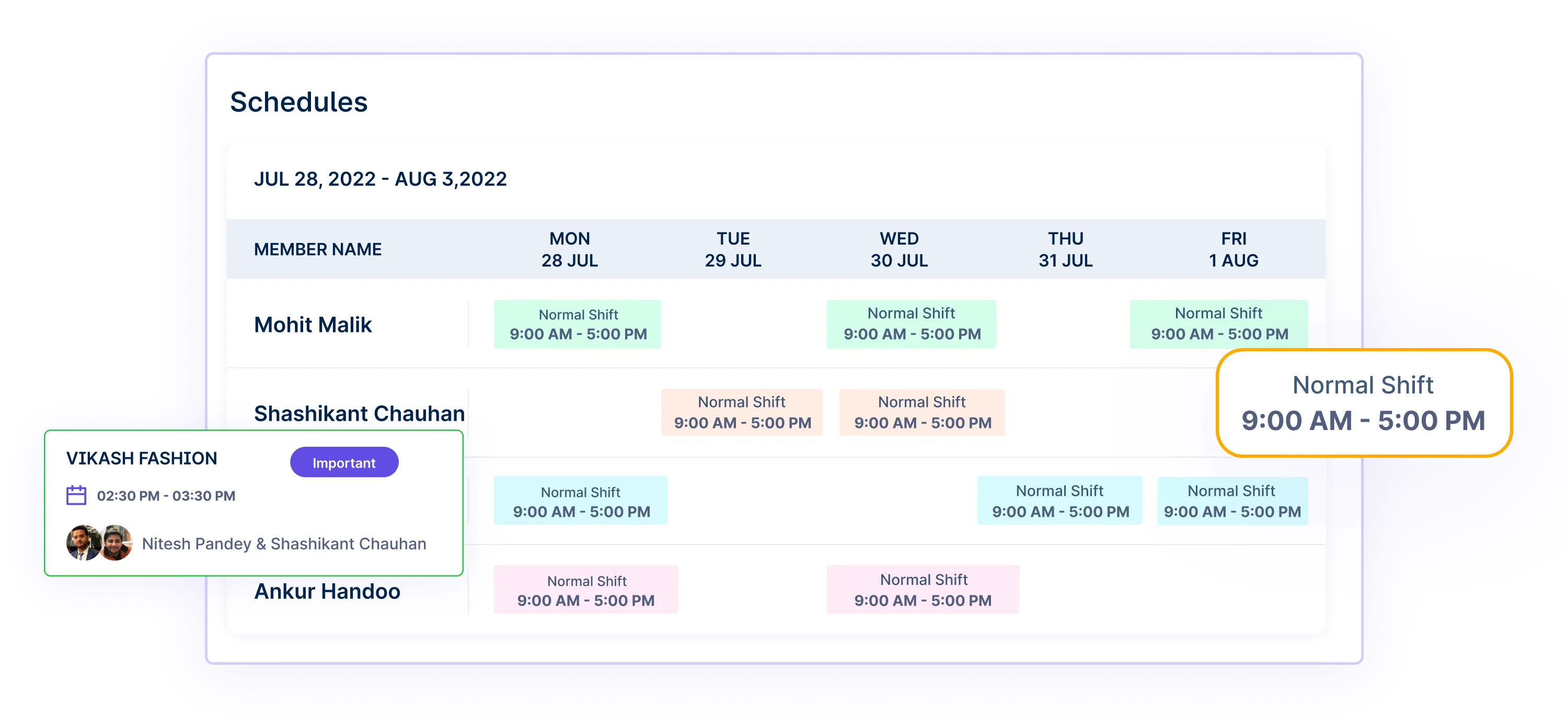
Task Assignments: Assign tasks to certain team members so you don’t get distracted by work meant for others.
Shift Reminders: Get reminders for upcoming shifts or scheduled focused work blocks so you enter them prepared and avoid distractions.
Calendar Integration: Seamlessly schedule prioritized tasks into your calendar during ideal times for distraction-free focused work blocks.
5. Take regular breaks
Schedule short breaks to refresh and reset between working sessions.
Stepping away briefly can boost productivity versus constant task switching.
Use breaks to take a walk, stretch, or refill your water bottle to come back calmer.
Optimizing Transitions Between Tasks
Note key details before switching gears
Jot down important notes, reminders, or next steps before moving from one task to another.
It helps ensure key details aren’t lost in the shuffle.
Wrap up the current task before starting a new one
Resist beginning a new task until you’ve reached a logical stopping point on the current one.
It provides closure and ensures you can fully engage with the next activity.
Review new task instructions and goals
Take a moment to orient yourself to the new task by reviewing objectives, requirements, and instructions.
Understanding the purpose will help you refocus.
Clear away distractions before resuming work
Before beginning a new task, take a minute to close unneeded windows, files, or browser tabs.
Tidying your workspace boosts focus when switching gears.
Following these simple research-backed steps when transitioning between tasks helps maintain continuity, context, and focus as you move between various projects and responsibilities.
The result is smoother task switching and sustained productivity.
Key Takeaways for HR Productivity
Here are some key takeaways on minimizing context switching specifically for boosting HR productivity:
Key Takeaways for HR Productivity:
- Create daily routines with consistent task blocks: Having a reliable structure and assigning certain time blocks for focused work reduces decision fatigue.
- Prioritize urgent strategic tasks: Reserve peak productivity hours for high-value HR tasks like talent management versus constant emails.
- Consolidate similar tasks: Batch simple or data tasks like reporting to avoid major context shifts.
- Limit unnecessary meetings: Keep only essential meetings on the calendar to maximize focused segments.
- Use tools to stay on track: Leverage task management software tools like Workstatus with automation to stick to plans.
- Take breaks between intensive tasks: Short breaks help provide mental resets between deep cognitive tasks.
- Delegate or automate when possible: Offload repetitive tasks to preserve mental energy for strategic work.
The most productive HR managers actively work to reduce excess context switching and distractions.
By optimizing work routines, tasks, meetings, and tools, HR professionals can boost their ability to focus deeply on priority projects.
Closing Thoughts
While constant context switching is often unavoidable in HR roles, making small tweaks to your work habits and processes and using the latest technology can minimize excessive task shifts.
You can boost productivity by batching similar tasks, eliminating distractions, creating structured routines, and optimizing transitions.
Mastering context switching lets you focus your limited time and mental energy where needed most.
With discipline and practice, HR professionals can sharpen their productivity and achieve more daily.


